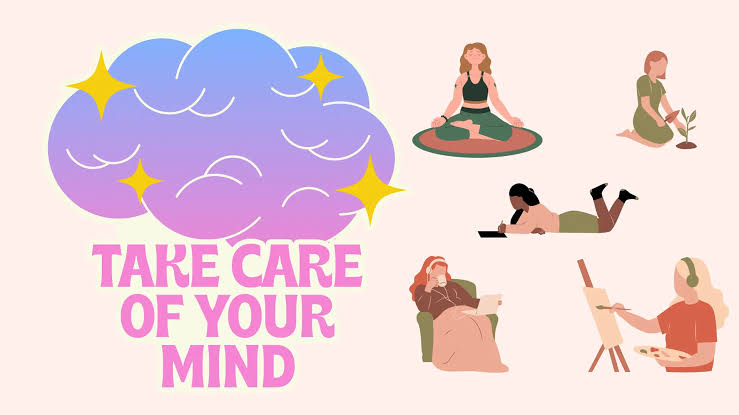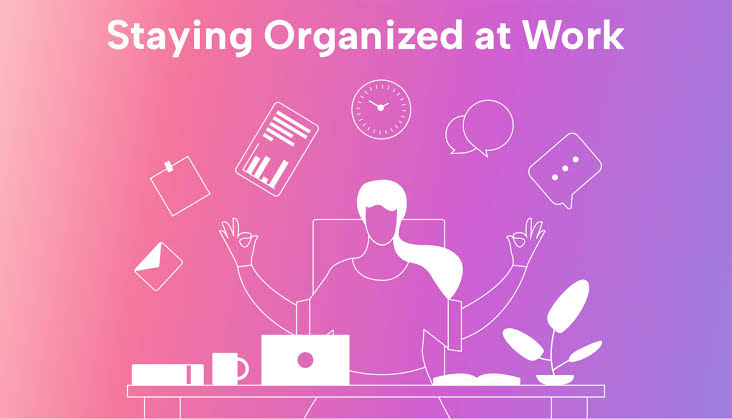In today’s busy world full of distractions and digital overload, stress is very common. Many people feel overwhelmed, anxious, or tired. However, research shows that mindfulness—a practice from ancient times now popular in psychology and medicine—can help. As of July 2025, mindfulness is widely used by people, schools, companies, and healthcare providers to lower stress and improve focus. Learning how mindfulness works and practicing it regularly can boost concentration and emotional strength in today’s busy life.
What is Mindfulness?
Mindfulness is the act of paying full attention to the present moment, without judgment. It means being aware of your thoughts, feelings, bodily sensations, and surrounding environment as they occur. Unlike multitasking, which splits your attention and adds cognitive load, mindfulness encourages a single, purposeful awareness that quiets the mind.
Though mindfulness originates from Buddhist meditation, modern adaptations focus on its secular benefits. Techniques such as mindful breathing, body scans, and focused observation are used in clinical therapy, education, and corporate wellness programs. The key is not to eliminate thoughts but to observe them without reacting, thus breaking the cycle of stress and automatic thinking patterns.
The Science Behind Mindfulness
Recent scientific studies as of mid-2025 have further confirmed the neurological benefits of mindfulness. Brain imaging shows that regular mindfulness practice can shrink the amygdala—the brain’s fear center—while strengthening the prefrontal cortex, which is responsible for decision-making and concentration. This shift in brain structure helps reduce the impact of chronic stress and improve emotional regulation.
Furthermore, research conducted at institutions like Harvard and McGill indicates that mindfulness can lower cortisol levels, the body’s main stress hormone. Regular practice has been associated with improved immune response, lower blood pressure, and a decreased risk of anxiety disorders and depression. These physiological changes demonstrate that mindfulness is not just a psychological trick but a powerful method for improving overall health.
Mindfulness and Stress Reduction
Mindfulness reduces stress by interrupting the automatic reactions that often exacerbate anxiety and emotional strain. When faced with a stressful situation, most people go into autopilot—ruminating on the worst-case scenario or reacting impulsively. Mindfulness encourages a pause between stimulus and response. This pause is crucial; it allows the mind to assess a situation calmly and choose a measured, thoughtful reaction.
For instance, taking a few deep, intentional breaths during a stressful meeting or conflict can reset your mental state, preventing escalation. Mindfulness also promotes acceptance, helping individuals acknowledge unpleasant emotions without becoming overwhelmed by them. This non-resistance breaks the cycle of chronic stress, making everyday challenges feel more manageable.
Enhancing Focus and Productivity
In addition to reducing stress, mindfulness significantly enhances focus. With digital notifications, social media, and constant multitasking, maintaining attention on one task has become increasingly difficult. Mindfulness sharpens concentration by training the brain to return to the present moment whenever it drifts.
Simple practices like mindful breathing or setting aside two to five minutes for silent focus before a task can boost mental clarity and performance. Over time, mindfulness increases the brain’s capacity for sustained attention, improving memory, problem-solving skills, and cognitive flexibility. This makes it particularly beneficial for students, professionals, and anyone who needs to maintain high productivity in their daily lives.
Mindfulness in the Workplace
By July 2025, many forward-thinking companies have integrated mindfulness programs into their employee wellness initiatives. Tech giants, financial institutions, and startups alike now recognize that reducing workplace stress and improving focus leads to better job performance and lower burnout rates.
Mindfulness workshops, guided meditation sessions, and digital wellness apps are commonly provided as part of employee support systems. These initiatives encourage employees to take mindful breaks, which not only reduce fatigue but also foster a positive work culture. Studies show that mindful employees are more engaged, collaborative, and emotionally intelligent—qualities that benefit both the individual and the organization.
How to Start Practicing Mindfulness
Beginning a mindfulness practice doesn’t require expensive equipment or complex rituals. It can start with just a few minutes a day. One of the easiest methods is mindful breathing—sitting still, focusing on your inhale and exhale, and gently returning to your breath whenever your mind wanders.
Body scans, where attention is slowly moved from head to toe to notice physical sensations, are also effective for grounding awareness. Using guided meditations through reputable apps like Calm, Headspace, or Insight Timer can provide structure and consistency for beginners.
The most important element is regularity. Like any skill, mindfulness strengthens with practice. Start with five minutes a day and gradually increase. Try incorporating mindfulness into daily activities—like eating, walking, or even washing dishes—by paying close attention to each movement, sensation, and thought.
Common Challenges and How to Overcome Them
A common misconception is that mindfulness requires a completely silent mind. In reality, mental chatter is normal. The goal is not to eliminate thoughts but to notice them without getting entangled. Beginners may feel frustrated when their minds wander, but this is part of the process. Every time you bring your attention back, you’re training your brain.
Time constraints are another barrier. Many people claim they’re too busy to meditate. But mindfulness can be practiced in short bursts throughout the day. Even one minute of deep breathing or pausing to observe your surroundings can make a noticeable difference.
The Broader Benefits of Mindfulness
Beyond stress reduction and focus, mindfulness promotes emotional well-being and interpersonal harmony. It fosters self-compassion, helping people treat themselves with kindness rather than harsh self-criticism. It also improves relationships by enhancing empathy and reducing reactive behavior.
Educational institutions now teach mindfulness to students, with positive results in emotional regulation, academic performance, and classroom behavior. Healthcare providers use it to support patients dealing with pain, trauma, or chronic illness. The versatility of mindfulness makes it a valuable tool for people of all ages and backgrounds.
Conclusion
As of July 2025, mindfulness continues to prove itself not just as a fleeting wellness trend but as a transformative practice grounded in science and real-life outcomes. Whether you’re navigating workplace stress, struggling with focus, or simply looking to live more intentionally, mindfulness offers a practical, accessible, and effective solution. With just a few minutes of practice each day, you can reshape your brain, ease emotional burden, and create space for clarity and calm in an otherwise chaotic world.



